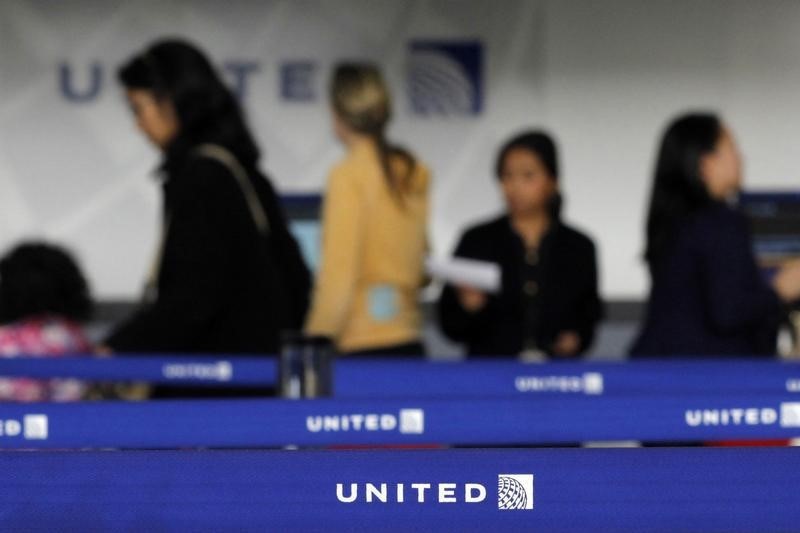Two 59%+ winners, four above 25% in Aug – How this AI model keeps picking winners
On Monday, UBS analyst Thomas Wadewitz downgraded United Airlines stock from Buy to Neutral, significantly reducing the price target to $59 from the previous $107. The downgrade was prompted by concerns over an anticipated weaker economic environment and the increasing likelihood of a recession. Wadewitz cited specific challenges faced by United Airlines, including a recent downturn in domestic leisure travel and slower corporate travel growth. According to InvestingPro data, the stock has already declined over 40% year-to-date, with technical indicators suggesting oversold conditions.
In mid-March, United Airlines acknowledged these factors as headwinds for the first quarter. Wadewitz highlighted that the company’s financial performance could be further impacted by these ongoing issues, compounded by the risk of tariffs exerting additional pressure on international travel. According to his analysis, these elements are expected to lead to a decline in total revenue per available seat mile (TRASM) and overall revenue in the second quarter and the second half of 2025. Despite these challenges, InvestingPro data shows the company maintains strong fundamentals, trading at a P/E ratio of 6.01 with a notable free cash flow yield of 20%.
The airline had previously benefitted from strong earnings supported by its premium and international segments. However, given the current economic indicators and the foreseen challenges, the analyst anticipates a weakening in these areas as well. This expected shift in performance dynamics has led to the revised outlook for United Airlines. With the next earnings report due on April 15, InvestingPro reveals that 14 analysts have recently revised their earnings expectations downward, though the company is still expected to remain profitable this year.
United Airlines, which trades on NASDAQ with the ticker (NASDAQ:UAL), has previously enjoyed a period of robust earnings, driven in part by the strength of its premium offerings and international travel demand. However, with the new economic forecast, UBS suggests that investors may need to recalibrate their expectations for the airline’s financial trajectory in the upcoming quarters.
The revised price target of $59 represents a significant adjustment from the prior $107 target, signaling a more conservative valuation of United Airlines’ stock amid the anticipated industry challenges. This change reflects UBS’s current assessment of the airline’s near-term revenue and earnings potential in a potentially contracting economic landscape.
In other recent news, United Airlines has announced an expansion of its operations at San Francisco International Airport, planning to offer around 300 daily flights this summer. This marks the highest number since 2019 and includes the addition of 11 new international and nine new domestic destinations over the past four years. In another development, United Airlines received approval from the Federal Aviation Administration for its first Starlink-equipped aircraft, the Embraer 175, which is expected to commence commercial flights in May. The airline plans to install Starlink technology on approximately 40 regional jets monthly, aiming to complete the process for all 300 Embraer 175 planes by year-end.
UBS recently adjusted its outlook on United Continental Holdings, reducing the price target to $107 from $140 while maintaining a Buy rating. Analyst Thomas Wadewitz cited weaker first-quarter trends and ongoing consumer softness as key reasons for this revision. Meanwhile, Raymond (NSE:RYMD) James downgraded United Airlines from Outperform to Market Perform, reflecting lowered earnings expectations amid macroeconomic uncertainties. United’s ongoing initiatives, such as the $2.6 billion Terminal 3 modernization project at SFO, underscore its long-term strategy to enhance passenger experience and expand its global reach. These developments illustrate United’s efforts to navigate current challenges while pursuing growth and innovation in its operations.
This article was generated with the support of AI and reviewed by an editor. For more information see our T&C.
